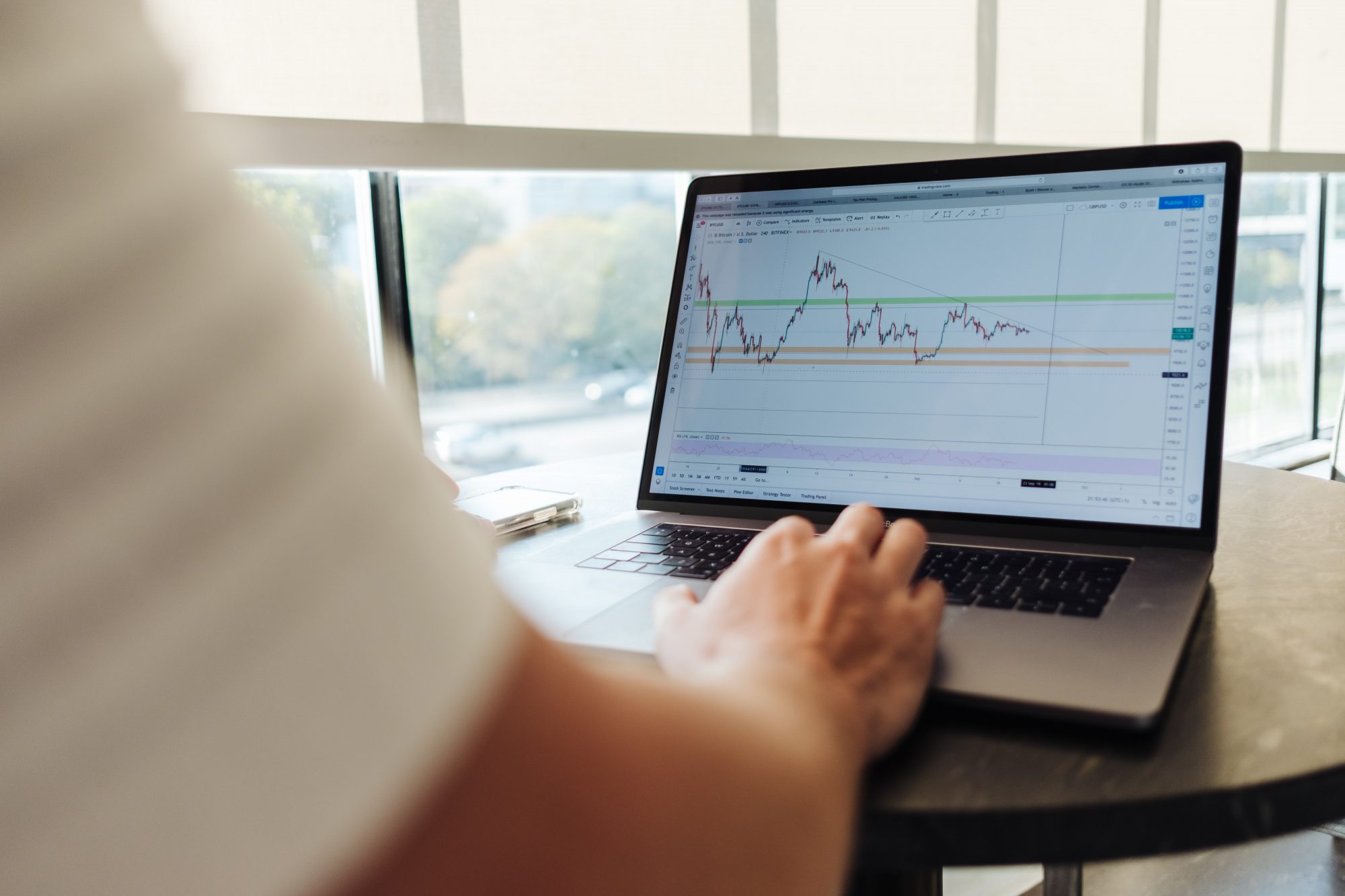`In forty years of SME banking, one truth holds up – anything that costs less and saves time gets a thumb’s up’, Global Open Banking Report 2020, The Paypers
Open Banking paved the way for a new generation of financial products, giving consumers more choice and control over their financial lives, and driving competition in the financial industry.
With Open Banking, banks also have a unique opportunity to create products and services that solve corporates and SMEs’ pain points and improve their services.
The advantages for SMEs can be enormous, particularly in areas including finance management, account aggregation, creditworthiness assessments, credit risk scoring, peer comparison analytics, streamlined B2B payments, automated onboarding and identity verification, lending, account information, invoicing, cash forecasting, cash management, request to pay, accounting and bookkeeping etc.
SMEs play a significant role in all global economies. According to McKinsey, SMEs generate annual global revenue of around USD 850 billion for banks. And 80% of banks across Europe see the SME market as a priority growth area. However, SMEs continue to be an underserved segment on the innovation front and many of them are already turning to alternative financial service providers for new offerings and services.
A lot of progress has been made in the retail banking sector and the advantages for retail customers are clear, but how can Open Banking help banks and fintechs to better serve the SME market? And what are the Open Banking opportunities and offerings for SMEs?
As shown in The Paypers Global Open Banking report 2020, Open Banking, through payments and bank accounts statement information, is moving to Open Finance as it aims to extend the scope of data sharing to include savings, investments, insurance, or pensions. According to Bank of America, this shift will give broader visibility of financial products and enable functionalities such as total wealth dashboards, while providing greater actionable insight, as well as comparison of products and analytics, not only for consumers and SMEs but also for corporates.
Furthermore, as BankiFi shows, there needs to be a way for SMEs and their customers to interact over payments. This interaction should give the customers more choice over what they pay and when, and the SMEs a way to offer this choice whilst securing the payment. A standalone Request to Pay service (RTP4), for example, offers SMEs and their customers a way to interact over payments, and way more choices.
What’s more, Open Banking can improve the credit infrastructure by giving banks and Non-Banking Financial Company (NBFC) lenders access to an SME’s aggregated accounts, explains Kapronasia. With a broader view of the SME’s credit history from multiple sources, the lending decision process will be more comprehensive, leading to less risky loans and shorter processing times. New credit comparison tools that allow SMEs to compare available loan options are another feature that will help SMEs make better financial decisions for their business.
For SMEs, having aggregated accounts also enables them to have a more holistic view of their finances and manage cashflow more effectively with the help of real-time forecasting tools. Additionally, SMEs will have access to more personalised financial product offerings, as banks can tailor their product based on data such as the SMEs spending patterns, revenue trends, and inventory cycles.
Open APIs can play a valuable role in lending too, adds Starling Bank, as access to capital is even more critical for SMEs than ever before. The challenger bank has launched SME-focused products, and many other digital banks are emerging with the support of new licensing programmes with the specific goal of serving the SME market.
The strong demand for loans from SMEs and the quest for delivering the seamless customer experience has pushed incumbents to re-evaluate their strategies and partner with fintechs. In April 2020, the platform of Lendico – a Berlin fintech fully owned by ING, which offers a digital lending solution for German SMEs – has been integrated through ING’s global Open Banking platform. This digital platform is best in class on the German market when it comes to the speed and convenience of applying for a loan: the customer applies and hands in all necessary documentation online and then receives the decision within 48hrs. Many other players are looking to tap into the SME market via partnerships. Iwoca and Intesa Sanpaolo in Italy is one example of such partnership.
Open Banking opens even greater value. Over the last few months, companies have launched new initiatives to support the challenges that we’ve seen in society by using and leveraging Open Banking services for consumers and SMEs, says Nilixa Devlukia from Payments Solved. Alternative lenders helped by delivering funding to the SME sector as part of the government support schemes, with Open Banking data playing an essential role in the analysis of the lending decisions for these companies.
Moreover, the embedding of banking services on SaaS (Software-as-a-Service) based accounting platforms is another classic use case of Open Banking, explains The Digital Fifth. This allows SMEs/MSMEs to fulfil their core need of managing customer receivables and payables on their accounts, and it also authorises them to make payments to partners and collect money from customers.
To drive growth and revenues, banks need to rethink the products and services that they are offering to SMEs, solve SMEs’ pain points (lack of effective technology, getting loans quickly, making fast bill payments etc.), and improve their level of service. They will need to redesign and upgrade their processes, enhance their digital capabilities, and develop a more collaborative culture to offer value-adding services to SMEs.
To learn more about the proven and emerging Open Banking use cases and opportunities that are specifically targeted towards SMEs, corporates, and consumers, read The Paypers` Global Open Banking report 2020. The report also provides key insights about the journey from Open Banking to Open Finance, the aspects of the Open Data Economy, the development of premium APIs, worth-knowing initiatives across the globe, and key considerations for building an agile and secure Open Banking ecosystem.


